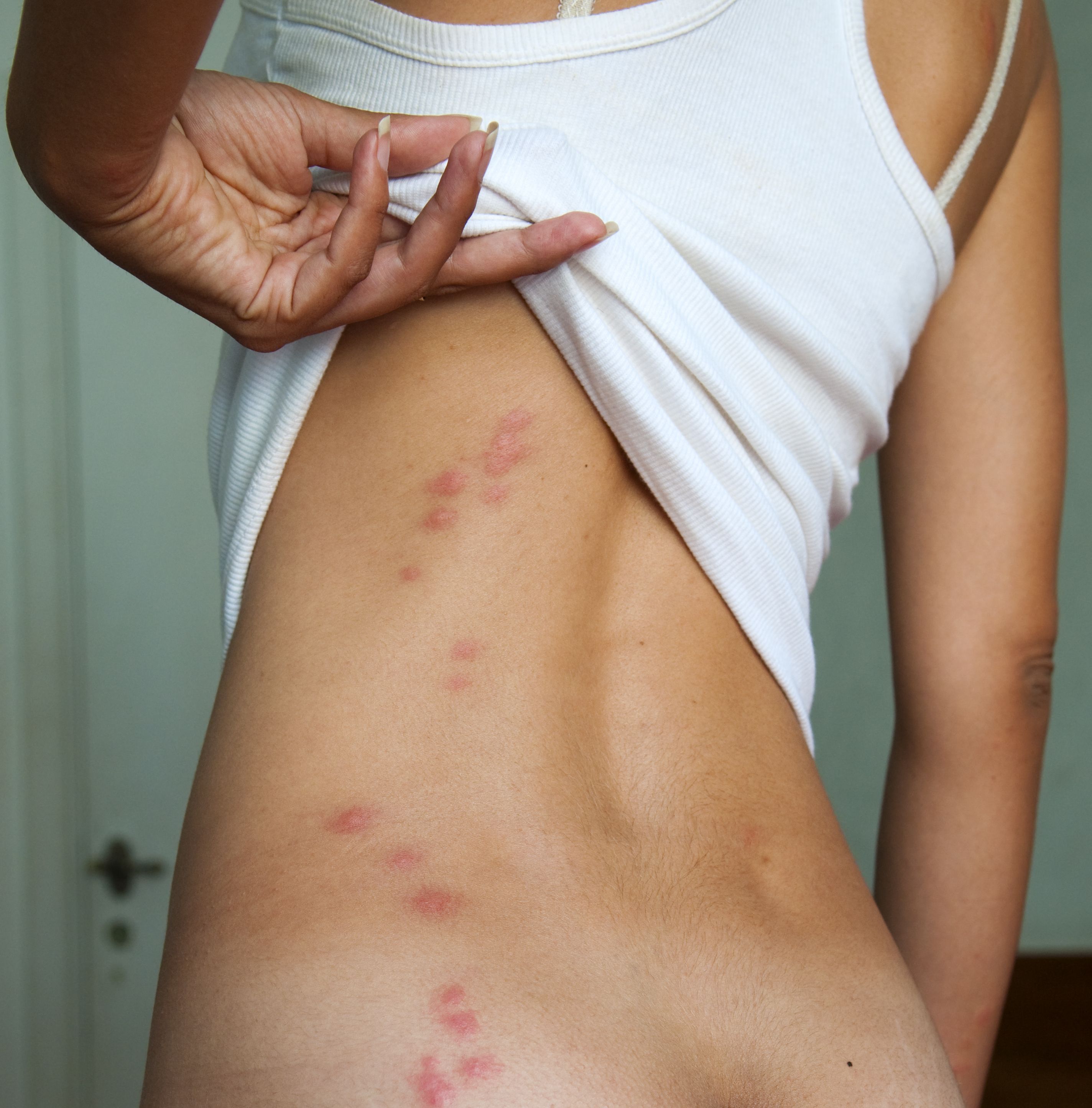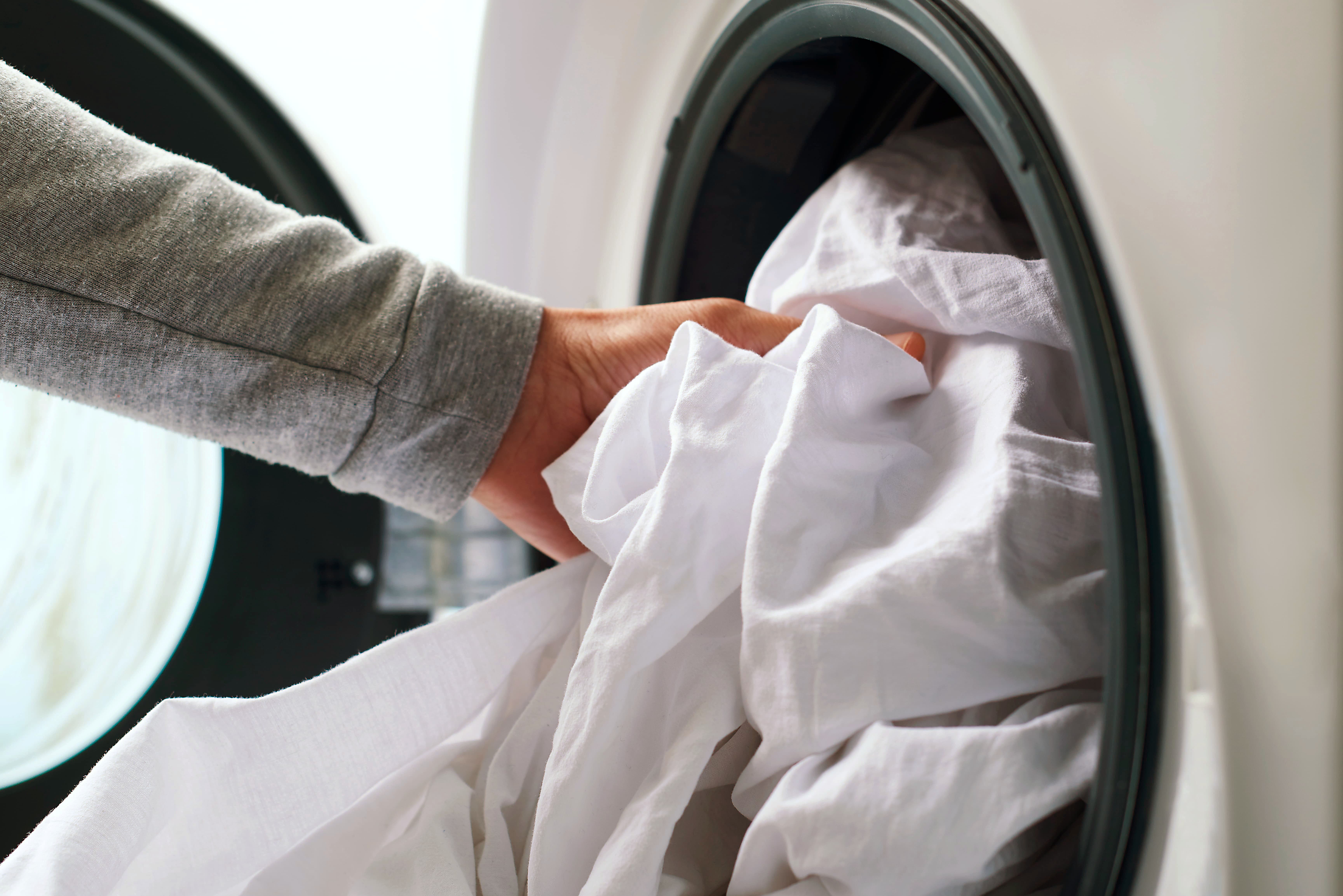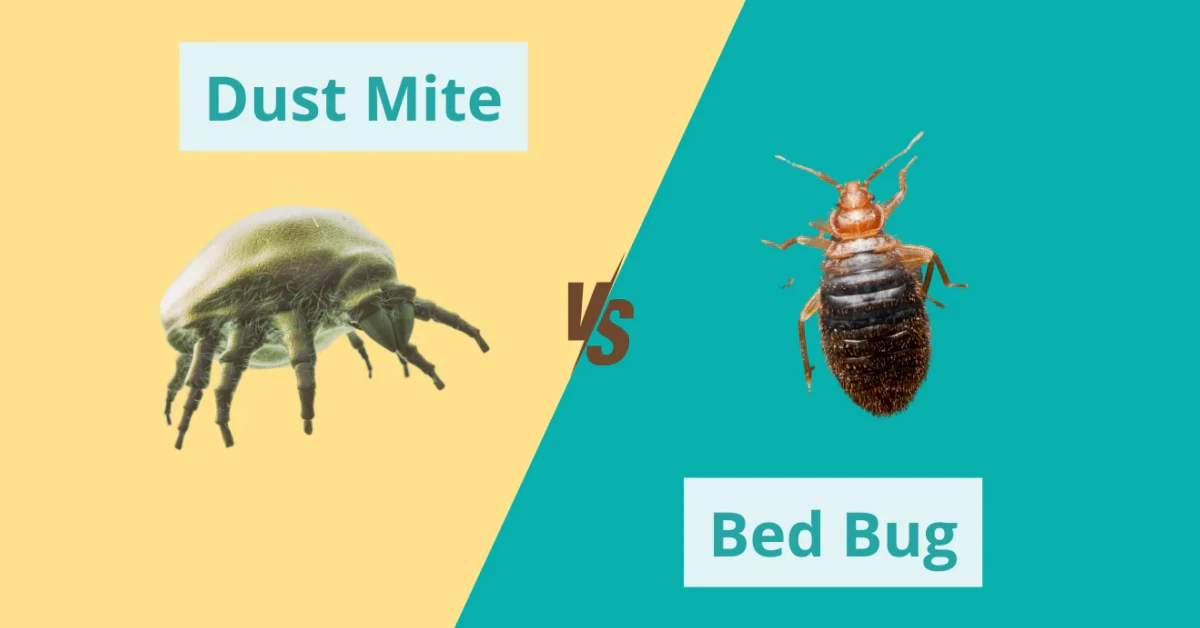Let’s be honest—waking up itchy is the worst. And when you start finding little red bumps on your skin, your brain goes straight to panic mode: Did something bite me? Are bugs living in my bed? Is it dust mites? Bed bugs? Aliens? (Okay, maybe not aliens.)
But here’s the truth bomb I wish someone had told me earlier: dust mites don’t bite. Not even a little. They don’t have the mouthparts for it. So if you’re Googling “what do dust mite bites look like,” you might be chasing the wrong nightmare.
Meanwhile, bed bugs? Oh, they absolutely bite. And when they do, they leave behind a messy calling card—itchy welts, blood stains, and that sneaky line of bites across your arm that some genius in the pest world likes to call “breakfast, lunch, and dinner.”
So today, let’s clear up the confusion. No jargon. No scare tactics. Just real, honest talk about dust mite bites vs bed bugs—so you can finally sleep (and scratch) in peace.
Size Matters
First things first: these two pests couldn’t be more different when it comes to appearance. It’s like comparing a speck of dust to a sesame seed.
Let’s break it down.
| Feature | Dust Mites | Bed Bugs |
|---|---|---|
| Size | 0.2–0.3 mm (microscopic) | 1–7 mm (apple seed-sized) |
| Visible? | No—need a microscope | Yes, especially adults |
| Color | Pale, creamy, almost translucent | Reddish-brown, especially after feeding |
| Legs | 8 (they’re arachnids) | 6 (they’re insects) |
| Do they bite? | Nope | Yes—and often |
So think about it: if you saw a bug crawling on your pillow, it’s not a dust mite. It’s probably something else—like a bed bug.
Dust mites are invisible ninjas, living in your mattress and feeding on all the dead skin you shed (yup, we all lose about 1.5 grams of skin every day—enough to feed a million mites, according a study by the American Lung Association).
But Wait—What Are Bites?

This is where it gets weird. You might wake up with red, itchy spots and swear something bit you. And you’re not wrong—but the culprit might not be biting at all.
Here’s the deal: dust mites don’t bite. Full stop. They don’t have teeth. They don’t even need to touch you. Instead, they eat your dead skin and, well, poop. And it’s their poop (and dead body pieces) that your immune system hates.
So when people say, “What do dust mite bites look like?”—they’re actually describing an allergic reaction. The bumps can look like mosquito bites or a rash. Often red, sometimes raised, and they love to show up where your skin rubs against bedding—neck, back, shoulders.
But unlike real bug bites, you’ll likely have other symptoms too:
- Sneezing out of nowhere
- Itchy, watery eyes
- Stuffy nose (especially in the morning)
- Coughing or wheezing
- Skin that feels raw or irritated
If this sounds like your 24/7, year-round allergy that never goes away—hello, dust mites.
So What About Bed Bug Bites?

Now let’s switch gears. Bed bugs? They bite. Hard. And they’re not shy about it.
These little vampires come out at night when you’re asleep. They crawl onto your skin, pierce it with a needle-like mouth, and suck your blood for about 5 to 10 minutes. And the worst part? You probably won’t feel a thing.
The bite itself shows up later—sometimes within a few hours, sometimes up to a couple of days. And when it does, it’s usually one of these:
- Small, red, swollen bumps
- Often in a straight line or cluster
- Itchy, sometimes painful
- Can be mistaken for mosquito or flea bites
Bed bugs don’t care about fashion. They’ll bite wherever skin is exposed—arms, legs, face, neck. And if you’ve got a bad reaction, some bites can turn into large, angry welts.
But the real tell? Other clues around your bed.
Look for:
- Dark spots on sheets or mattress—those are bed bug droppings
- Red or rust-colored stains—those are crushed bugs or blood
- Pale yellow shells—those are shed skins
- A musty, sweet odor—that’s their alarm pheromone (yep, bugs have perfumes too)
If you’re seeing any of these, take a deep breath. It’s time to act.
What Do Dust Mite Droppings Look Like?

This one always makes people squirm. So let’s be real: you’re not going to “see” dust mite poop like you would see bird droppings on your car.
These are microscopic pellets—about the width of a human hair. Invisible to the naked eye. But they’re in your dust. Mixed in with dead skin, fabric fibers, and all that other cozy debris your vacuum barely touches.
So if you’re allergic, every time you fluff your pillow or shake out a blanket, you’re stirring up an invisible storm of allergens. And your body? It’s reacting like, “Hey! Intruder alert!” That’s when the sneezing, coughing, and skin irritation kick in.
And if you’ve ever wondered, “Can dust mite droppings cause hives?”—yes, they can. Especially if you’re extra sensitive.
So How Do You Tell Which Is Which?
Let’s play detective.
Ask yourself:
- Do I have bites in a line or group? → Likely bed bugs.
- Are symptoms worse in the morning or after being in bed? → Could be either.
- Do I also have allergy symptoms all the time? → Dust mites are sneaking in.
- Have I seen actual bugs or stains? → That’s bed bug territory.
- Do I feel better when I’m away from home? → That’s a strong hint it’s dust mites.
And here’s a pro tip: take photos. Snap a pic of the bites, the stains, the mysterious specks. Because when you talk to a doctor or pest pro, visual proof is gold.
Remember: no one gets this right 100% of the time. Even allergists have to test to confirm. So don’t beat yourself up if you’re unsure.
How to Handle Dust Mites

Okay, let’s talk solutions. Because here’s the thing—you can’t get rid of dust mites completely. They’re in almost every home. Like it or not, you’re already roommates.
But you can reduce their numbers to a “peaceful coexistence” level. No more sneezing, no more itchy skin.
Here’s how:
- Wash bedding weekly in hot water (at least 130°F). That kills mites and washes away their waste.
- Use a dust mite mattress cover. These tightly woven encasements trap mites inside and keep them off your skin.
- Vacuum with a HEPA filter. Regular vacuums just blow allergens back into the air. HEPA traps them for good.
- Lower humidity below 50%. Dust mites can’t survive in dry air. A dehumidifier is a game-changer.
- Dust with a damp cloth. Dry dusters just kick allergens into the air. Damp cloths trap them.
And what about dust mite spray? Yeah, it exists. Most contain tannic acid or enzymes that break down the proteins in mite waste. They don’t kill the mites, but they reduce allergens—so they can help as part of a bigger strategy.
Just don’t spray and hope. Clean first. Then spray. Then vacuum again.
What About Bed Bugs?

Now here’s where things get serious. Bed bugs? They don’t play nice.
Once they’re in, they spread fast. They hide in seams, cracks, baseboards, even electrical outlets. And they’re tough little buggers—some have developed resistance to common pesticides.
But don’t panic. You’ve got options.
Here’s the playbook:
- Don’t ignore signs. If you find one bed bug, there are more. A lot more.
- Wash and dry everything on high heat. Clothes, bedding, even stuffed animals. Heat kills them fast.
- Use bed bug interceptors under bed legs. These little traps catch bugs trying to climb up.
- Seal cracks and crevices. Deny them hiding spots.
- Call a pro. Seriously. DIY treatments often make things worse by scattering the bugs. Professionals use heat treatments or targeted pesticides that actually work.
A study by entomologists at Virginia Tech found that adult bed bugs can live up to a year if well-fed—so don’t wait. The sooner you act, the easier and cheaper it gets, according a paper from Virginia Tech (has been converted to PDF file).
Can They Make You Sick?
Here’s some good news: neither dust mites nor bed bugs transmit diseases.
But that doesn’t mean they’re harmless.
Dust mites can trigger asthma attacks, worsen eczema, and make allergies brutal—especially for kids. And bed bug bites, while not dangerous themselves, can lead to skin infections if you scratch too hard (or too long—guilty).
And let’s not forget the emotional toll. Bed bugs carry stigma. People think it means you’re dirty. But that’s a myth. Bed bugs don’t care about cleanliness. They care about blood. You could live in a penthouse or a camper—they’ll still show up.
So if you’re feeling anxious, embarrassed, or just plain overwhelmed—you’re not alone. It happens to the best of us.
Final Thoughts: You’ve Got This
Look, I get it. This stuff is gross. It’s personal. It messes with your sleep, your skin, your peace of mind.
But here’s what I want you to remember: you’re not powerless.
Whether it’s dust mites or bed bugs, you now know the difference. You know what signs to look for. You know what steps to take.
And most importantly—you’re not crazy for noticing something’s off. Your body is giving you clues. Listen to it.
So tonight, after your shower, check your sheets. Look at your skin. Take a deep breath.
And if you find evidence? Great. Now you can act.
Wash the sheets. Call the expert. Use the allergen-proof cover. Whatever it takes.
Because you deserve to sleep soundly. Without itching. Without anxiety. Without mystery bites.
And hey—if you’re still not sure what’s going on? That’s okay too. Talk to an allergist. Or a pest control specialist. Get tested. Get clarity.
This isn’t about perfection. It’s about peace. And you’re already on your way.


















Leave a Reply
You must be logged in to post a comment.